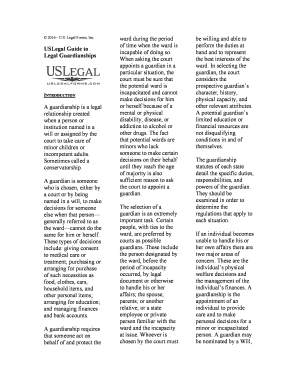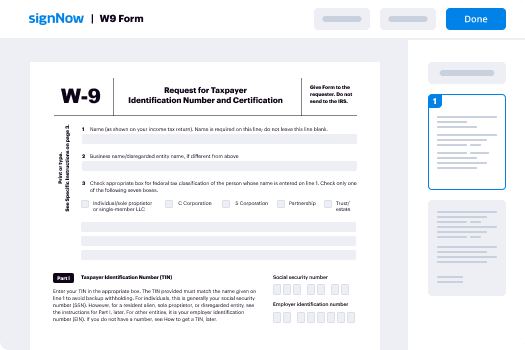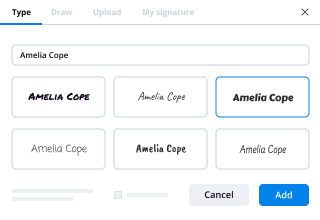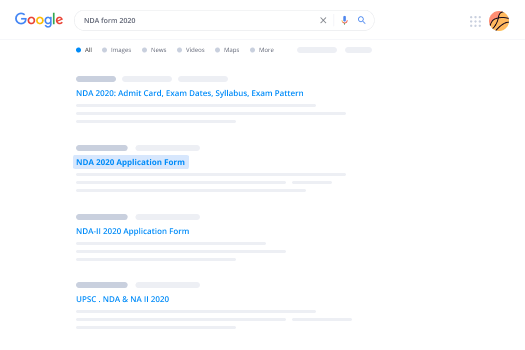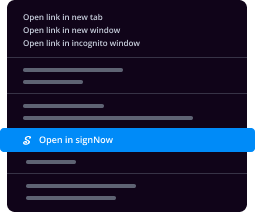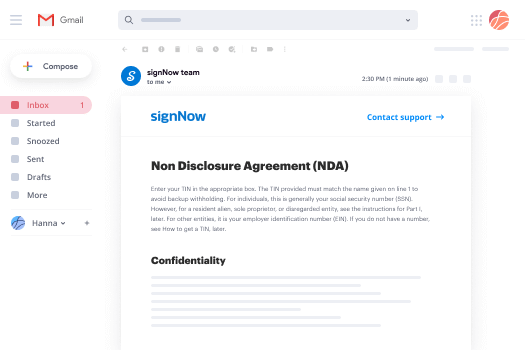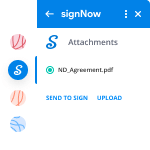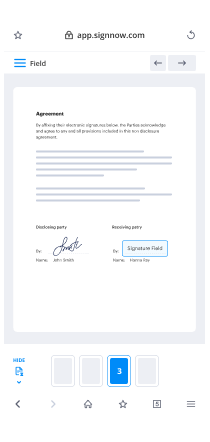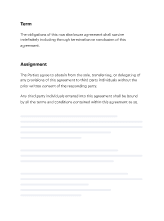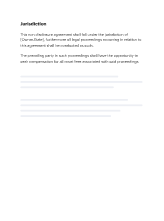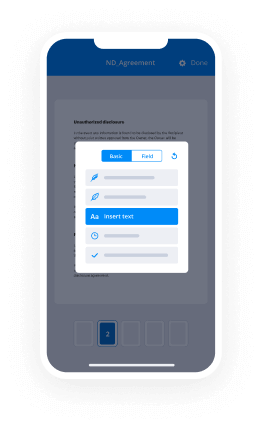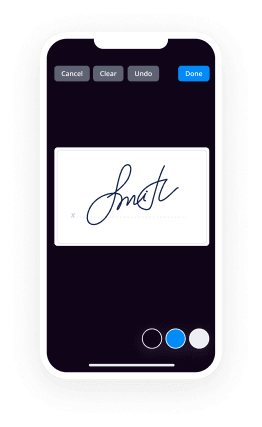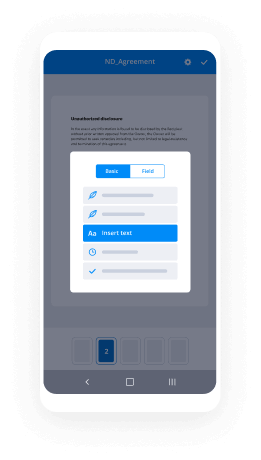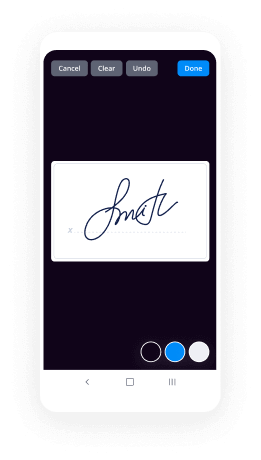© 2016 - U.S. Legal Forms, Inc
USLegal Guide to
Legal Guardianships
INTRODUCTION
A guardianship is a legal
relationship created
when a person or
institution named in a
will or assigned by the
court to take care of
minor children or
incompetent adults.
Sometimes called a
conservatorship.
A guardian is someone
who is chosen, either by
a court or by being
named in a will, to make
decisions for someone
else when that person—
generally referred to as
the ward—cannot do the
same for him or herself.
These types of decisions
include: giving consent
to medical care or
treatment; purchasing or
arranging for purchase
of such necessities as
food, clothes, cars,
household items, and
other personal items;
arranging for education;
and managing finances
and bank accounts.
A guardianship requires
that someone act on
behalf of and protect the ward during the period
of time when the ward is
incapable of doing so.
When asking the court
appoints a guardian in a
particular situation, the
court must be sure that
the potential ward is
incapacitated and cannot
make decisions for him
or herself because of a
mental or physical
disability, disease, or
addiction to alcohol or
other drugs. The fact
that potential wards are
minors who lack
someone to make certain
decisions on their behalf
until they reach the age
of majority is also
sufficient reason to ask
the court to appoint a
guardian.
The selection of a
guardian is an extremely
important task. Certain
people, with ties to the
ward, are preferred by
courts as possible
guardians. These include
the person designated by
the ward, before the
period of incapacity
occurred, by legal
document or otherwise
to handle his or her
affairs; the spouse;
parents; or another
relative; or a state
employee or private
person familiar with the
ward and the incapacity
at issue. Whoever is
chosen by the court must
be willing and able to
perform the duties at
hand and to represent
the best interests of the
ward. In selecting the
guardian, the court
considers the
prospective guardian’s
character, history,
physical capacity, and
other relevant attributes.
A potential guardian’s
limited education or
financial resources are
not disqualifying
conditions in and of
themselves.
The guardianship
statutes of each state
detail the specific duties,
responsibilities, and
powers of the guardian.
They should be
examined in order to
determine the
regulations that apply to
each situation.
If an individual becomes
unable to handle his or
her own affairs there are
two major areas of
concern. These are the
individual’s physical
welfare decisions and
the management of the
individual’s finances. A
guardianship is the
appointment of an
individual to provide
care and to make
personal decisions for a
minor or incapacitated
person. A guardian may
be nominated by a Will,
by a trust document, or
by any via a petition
with the court. The
person for whom a
guardian is appointed is
called a ward.
Generally, the ward
cannot provide food,
clothing, or shelter for
himself or herself
welfare without
assistance. A
conservatorship is
typically the
appointment of an
individual or a
corporation with trustee
powers, to manage the
financial affairs of a
minor or other person
who cannot manage his
or her own financial
matters. A conservator is
typically not authorized
to make decisions
regarding the personal
care as a guardian does.
The person for whom a
conservator is appointed
is called a protected
person. The court may
appoint a conservator
for a single transaction
or indefinitely. A person
may need a guardian or
a conservator or both
and the same person can
be appointed in both
capacities.
TEMPORARY AND PLENARY
G UARDIANS DEFINED
Temporary
guardianships are
generally granted by the
courts to achieve a specific purpose for a
certain amount of time.
Once the purpose is
accomplished, the
guardianship is
terminated.
A plenary guardian is a
person appointed by the
court with the power to
exercise all legal rights
and duties on behalf of a
ward after the court
makes a finding of
incapacity. It is a
guardian of both the
person and the estate.
G
UARDIANSHIP OF A MINOR
To become a guardian of
a child either the party
intending to be the
guardian or another
family member, a close
friend or a local official
responsible for a minor's
welfare will petition the
court to appoint the
guardian. The
guardianship of a minor
remains under court
supervision until the
child reaches majority at
18. The judge does not
have to honor the
request when someone
is named in a will as
guardian of one's child
in case of the death of
the parent, it is
construed as a
preference, but is
usually honored. The
term "guardian" may
also refer to someone
who is appointed to care for and/or handle the
affairs of a person who
is incompetent or
incapable of
administering his/her
affairs. Guardians must
not benefit at the
expense of those they
care for (wards), and in
many cases are required
to make accountings to
the court on a periodic
basis. In some courts, a
guardian may be
reimbursed for attorney
fees related to the
guardianship. Court
rules regarding
accountings of expenses
and requirements of
guardians vary and local
court rules should be
consulted.
In some states, if the
child is a certain age or
older, the court must
appoint the person
nominated by the child
unless the court finds the
nomination contrary to
the child’s best interest.
The court may not
appoint a person against
whom the child has filed
a written objection. In
adult guardianships, the
judge is often required
to make a reasonable
effort to consider the
preference of the person
with a disability in
selecting the guardian.
The judge typically does
not have to follow the
person's wishes, but
must give due
consideration to the
preference of the person
with a disability. Laws
vary by jurisdiction, so
local laws should be
consulted for specific
requirements in your
area.
A guardianship of a
child takes away the
parents' right to make
decisions about their
child's life. However, it
does not permanently
terminate parental
rights. This means that
although the guardian
now has custody and is
responsible for raising
the child, the parents are
still the child's legal
parents.
The court can order a
guardian to let the
parents visit or contact
the child, but the court
may also put limits or
other conditions on the
visitation, such as
requiring that any
visitation be supervised.
The time and frequency
of parental visitation is
often is up to the
guardian (or the court)
to decide. Parents may,
in some cases, regain
custody of their child in
the future if the court
determines the
guardianship is no
longer in their child's
best interests.Local laws vary, but
many courts require
certain interested parties
to be served with notice
of guardianship
hearings. Such notices
often have to be legally
served upon the person,
with a sworn statement
of the person making the
service later returned to
the court as proof of
such service. In some
cases, the court may
waive the notice
requirements. Local
court rules should be
consulted to determine
applicability in your
area.
G
UARDIANSHIPS FOR
DISABLED PERSONS
State statutes define
mental and physical
disability. However,
generally, such
disability or incapacity
involves severe and
long-term conditions
that impose great
limitations upon
individuals' ability to
take care of themselves,
express themselves
verbally, earn a living,
and live independently
of the care of others.
Such a disability also
reflects the necessity for
a combination of
treatments and services.
Guardianships for
physically or mentally
disabled or incapacitated persons have, in recent
decades, been
understood to facilitate
the independence and
self-reliance of the ward.
They are limited as
much as is reasonable in
order to allow wards to
exercise as much control
over their lives as
possible while
maintaining as much
dignity and self-reliance
as possible. The desires
of the wards are given
primary consideration.
Also, wards are allowed
to do as much of their
own care giving as is
physically and mentally
possible.
The guardian will be
granted only those
powers necessary to
accomplish for the ward
what the ward cannot
accomplish
independently. These
powers may include
assuring the availability
and maintenance of care
for the ward, making
sure that educational and
medical services are
maintained and
adequate, and
submitting updates to
the court of the ward's
condition. These court
updates describe the
ward's living situation,
status of mental and
physical health based
upon medical
examinations and
official records, provide
a list of services being
received by the ward,
describe services
rendered by the
guardian, account for the
ward's monetary assets,
and any other
information necessary to
submit to the court in
order for it to assess the
status of the ward and
the guardian's duties.
An incompetent adult or
minor child may have
the assistance of a court
appointed guardian. An
individual is determined
incompetent if s/he is
mentally impaired due
to mental or physical
illness or disability,
mental retardation or
chronic substance abuse
to the point that s/he
cannot take proper care
of him/herself, his/her
property or those for
whom s/he is legally
responsible. The court
will determine an
individual is
incompetent and in need
of a guardian of the
person if the court finds
that due to the
impairment the person is
unable to effectively
receive and evaluate
information or to make
or communicate
decisions to the extent
that s/he is unable to
prevent financial
exploitation.The court may give the
guardian authority to
make personal decisions
for the ward, including
providing informed
consent for health care
and medication. This
type of guardian is a
“guardian of the
person.” The court also
can give the guardian
authority to manage the
ward’s money and
property. This type of
guardian is a “guardian
of the estate.”
A physical disability
without an
accompanying mental
incapacity is insufficient
to establish
incompetence for the
purposes of appointing a
guardian. In this regard,
the court’s focus is on
the functioning of the
person’s mind and not
an impairment that
affects control of bodily
functions.
The court must
determine that the
physical impairment
causing the incapacity is
accompanied by a
developmental
disability, a serious and
persistent mental illness,
a degenerative brain
disorder such as
dementia, or a traumatic
brain injury. The
disability or incapacity must involve severe and
long term conditions
that impose great
limitations upon the
individuals’ ability to
take care of themselves,
express themselves
verbally, earn a living,
and live independently.
However, the evidence
before the court must be
clear and convincing
that the person is
incompetent.
In their role guardians
facilitate the
independence and self-
reliance of the ward.
The guardian is granted
only those powers
necessary for the ward
to accomplish what s/he
cannot accomplish
independently. The
powers may include
assuring the availability
and maintenance of care
for the ward and
ensuring that
educational and medical
services are maintained
and adequate. A
guardian is required to
submit updates to the
court as to the status of
the ward and the
guardian’s duties J
UDICIAL APPOINTMENT OF
A GUARDIAN
The Probate Court has
the power to appoint any
adult as a guardian to
assume responsibility
for the care and
management of the
person, the estate, or
both, of an incompetent
person. However, a
minor over 14 or a
minor’s parents by will
may suggest a guardian
for a minor. Moreover,
a competent adult may
nominate a guardian to
serve in the event of
incapacity.
The application for
guardianship is filed in
the Probate Court of the
county of the ward’s
residency by an
interested party, or on
the court’s own motion.
The application must
include a statement of
the guardian’s
willingness to perform
as guardian and a bond
as required by law. In
the case of a prospective
incompetent ward the
application must include
a statement of the
ward’s mental and
physical condition from
a treating physician,
psychiatrist, or licensed
psychologist. As
prescribed by law, the
prospective ward as well
as the adult next of kin
is to be notified of the
impending guardianship
and date and time of
hearing.
In the case of an
incompetency
proceeding, a court investigator will serve a
notice and a statement of
rights on the prospective
ward. The court
investigator then
conducts an
investigation which
includes an interview
with the prospective
ward in order to assist
the court in determining
the advisability of
guardianship.
Thereafter, a formal
hearing is conducted by
the Judge or Magistrate
to determine if a
guardianship is
necessary, the guardian
is suitable, and the
guardian understands
these duties. The
prospective ward has the
right to be present at the
hearing to contest any
application for
guardianship and to be
represented by an
attorney. Generally, the
court will appoint a
guardian after hearing
evidence that a person is
incapable of making
decisions. D
UTIES OF A GUARDIAN
The court may authorize
the guardian to exercise
power over the ward if it
finds by clear and
convincing evidence that
the ward lacks
evaluative capacity to
exercise power on
his/her own. The court
will only authorize the guardian to exercise
power that is necessary
to provide for the ward’s
personal needs, safety,
and rights and in a
manner that is
appropriate to the
individual ward. In
addition, a guardian
must exercise powers in
a manner that provides
the least restrictive form
of intervention.
The powers that the
court may transfer to the
guardian of the person in
full or in part include:
Helpful suggestions for finalizing your ‘Pf Unit 7 Vocabulary Quia’ digitally
Are you fed up with the complexities of handling paperwork? Search no further than airSlate SignNow, the premier digital signature solution for both individuals and enterprises. Bid farewell to the laborious process of printing and scanning documents. With airSlate SignNow, you can easily finalize and endorse documentation online. Leverage the comprehensive tools integrated into this intuitive and affordable platform and transform your method of document management. Whether you need to authorize forms or gather signatures, airSlate SignNow manages everything effortlessly, requiring only a handful of clicks.
Adhere to this detailed guide:
- Sign in to your account or sign up for a complimentary trial of our service.
- Click +Create to upload a file from your device, cloud storage, or our form repository.
- Open your ‘Pf Unit 7 Vocabulary Quia’ in the editor.
- Click Me (Fill Out Now) to prepare the document on your part.
- Add and allocate fillable fields for others (if necessary).
- Continue with the Send Invite settings to solicit eSignatures from others.
- Download, print your version, or convert it into a reusable template.
No need to worry if you have to collaborate with others on your Pf Unit 7 Vocabulary Quia or send it for notarization—our platform provides all you need to accomplish such tasks. Register with airSlate SignNow today and elevate your document management to new levels!
